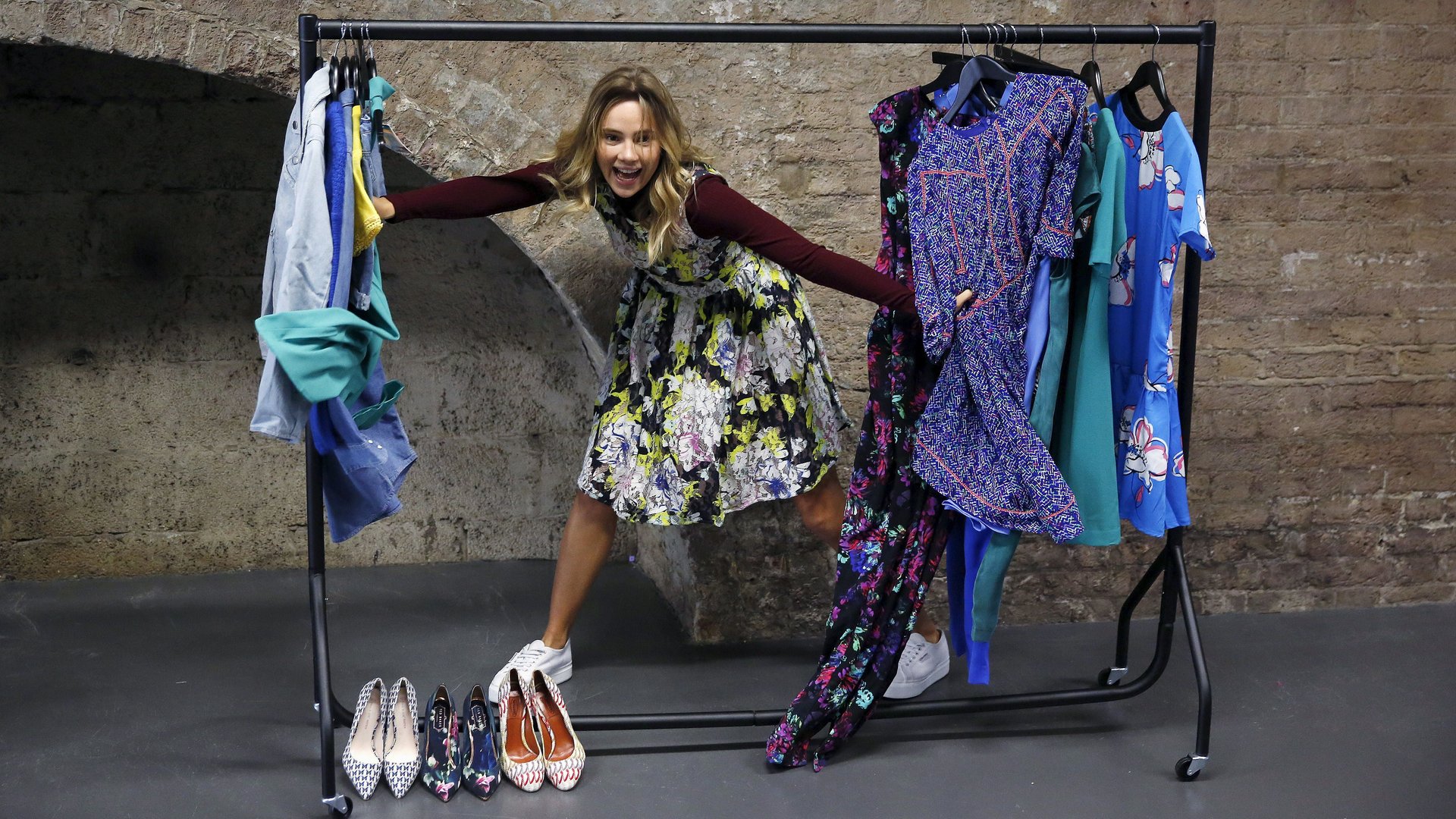If you think Amazon is huge now, wait until it becomes America’s biggest fashion retailer
Amazon’s growth has been astounding. Last week, it hit a major milestone when it passed retail giant Walmart in market value. It got to this point by selling just about everything, but there’s a specific category Amazon is counting on to help sales continue booming: clothes.


Amazon’s growth has been astounding. Last week, it hit a major milestone when it passed retail giant Walmart in market value. It got to this point by selling just about everything, but there’s a specific category Amazon is counting on to help sales continue booming: clothes.
Amazon has made no secret of wanting to become a major fashion retailer in the coming years, investing heavily in promoting itself as a destination for clothing shoppers, and the push seems to be paying off. According to a recent report by financial firm Cowen and Company, Amazon is on course to become the largest clothing retailer in the US by 2017, surpassing Macy’s. As its sales continues to grow, fashion will be among the categories leading the way.
In fact, Amazon’s apparel sales are actually growing faster than most of its other categories, according to Cowen’s report. Among the reasons are Amazon’s huge brand selection—there are more than 90,000 listings for Nike products alone—its ability to fulfill orders quicker than its competitors, and its excellent supply-chain management. Clothing sales are still far smaller than those of Amazon’s big mainstays, such as books and electronics, but that’s exactly why the category holds so much potential: it’s a relatively untapped market by comparison.
“Fashion is important to them, both men’s and women’s,” John Blackledge, a director and senior analyst at Cowen, tells Quartz. ”Even talking to the company, they still think it’s early for them. They want to continue to grow their brands and their relationships.”
The figures are impressive given that electronics and general merchandise, including clothing, footwear, and accessories, account for about 80% of Amazon’s US revenue, and about 71% of revenue globally. If clothing sales were to increase to the level of Amazon’s top sellers, it would be a huge boost to the company’s bottom line.
Amazon knows it—the company has been investing heavily in fashion. In the past several years, it has acquired retail site Shopbop and launched its own online shops, including flash-sale site MyHabit and men’s site East Dane. It’s also pushed overseas, notably into India, where it’s reportedly considering launching its first private clothing labels, and Europe. Just last week it opened a 46,000 square-foot photo studio in London where it intends to churn out 500,000 clothing images per year as part of a plan to ramp up its fashion sales. Not least of all, it recently served as the marquee sponsor of the recently relaunched New York Fashion Week: Men’s.
Men, in fact, are proving a key audience for Amazon’s clothing offerings. Cowen’s report, which is based on monthly surveys of 2,500 demographically representative US consumers, found that shoppers buying men’s apparel outnumbered those buying women’s.
Blackledge isn’t sure why that’s the case, but he suspects some of those purchases are “replenishments” of basics such as t-shirts or underwear. Some of the shoppers may actually be women buying for their husbands, as they tend to make most household purchases. But many may just as likely be men, who like everyone else, are more frequently shopping for clothes online. Men, after all, are notoriously lazy shoppers. And Amazon arguably plays to that better than any other retailer.